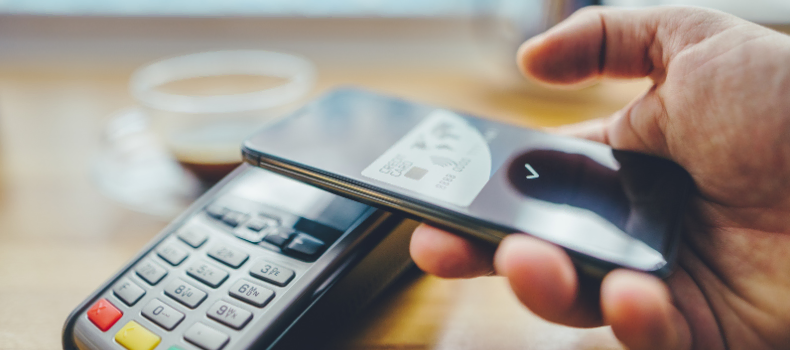Five types of mobile wallet services and how they can help you
So far in the mobile wallet series, I’ve provided an in-depth view of mobile wallets—from their definition to their categorization into proximity and remote mobile wallets, as well as umbrella and integrated mobile wallets.
Now, we can move on to mobile wallet services and functions, since without services, mobile wallets are useless. That is the reason why the development of a business model for a mobile wallet requires a strategy for the selection, provisioning and integration of adequate services into the wallet. The range for remote wallets focuses on payment services and value-added services for payment, especially in the area of loyalty and couponing. But the range of services for proximity wallets can be at least as diverse as the various contents within a physical wallet, as illustrated in the figure below.
The main types of mobile wallet services
Payments and cards:
Card emulation for contactless cards (credit, debit, prepaid), e-payments-based services (remote payments) or peer-to-peer payments with or without a stored value account
Coupons and loyalty:
Coupons, gift cards, loyalty programs or any other commerce-based service for discounts or rewards
Tickets and transport:
Any form of tickets, boarding passes or check-ins for means of transport or for venues or events like cinemas, concerts and so forth
Access and keys:
Any type of access or usage allowance, like keys for cars, buildings, private homes, hotel rooms and so on
Identity:
Any type of personal identification, like passports, driving licenses, employee IDs and so forth

Putting these services into the mobile wallet can provide quite a lot of opportunities for service providers and users.
Compared with the traditional plastic cards, mobile wallet services can be issued on the fly through a mobile network. A mobile user interface and the sensors of the mobile device provide new, powerful opportunities for interaction with services.
As an example, you could issue a temporary car key to a friend into his proximity wallet. Additionally, services can be linked and combined within the wallet. You could buy a mobile ticket with a payment service in the wallet, or redeem a coupon immediately at the time of a transaction using a payment service.
Almost everyone carries a smartphone these days, but imagine not having to carry a physical wallet for payment cards, tickets, loyalty cards, access cards and so on, because all of the services are now provided in the mobile wallet in your phone.
But what does a day of using a mobile wallet really look like? In my next post, we’ll meet Anna and see a day in her life using a proximity wallet.









